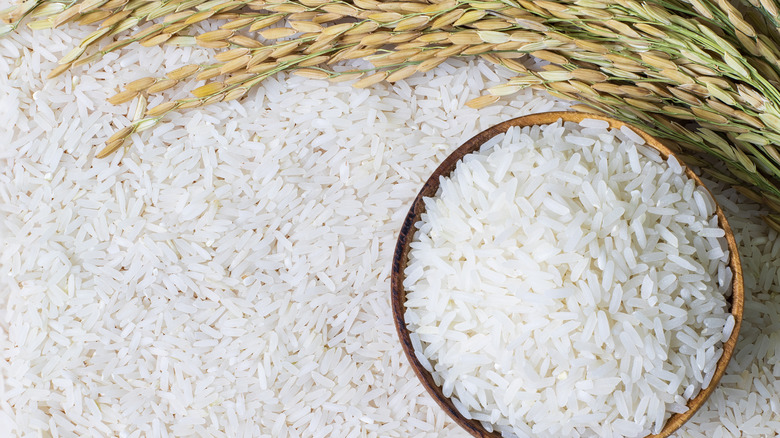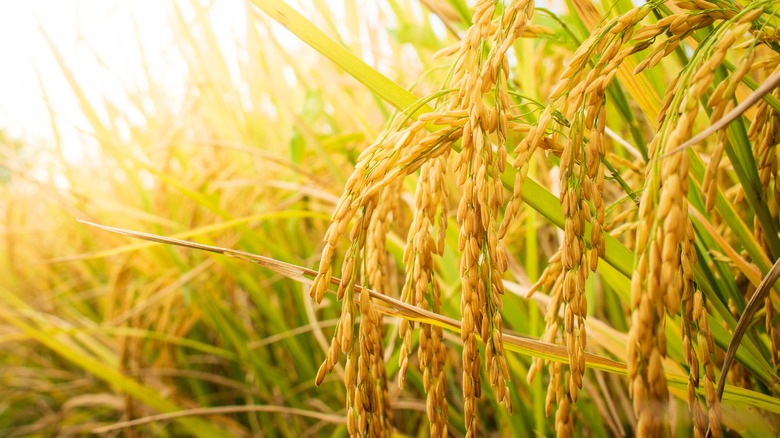New UN Data Shows Increased Global Food Prices For Rice & Other Staples
The Food and Agriculture Organization (FAO) of the United Nations saw its food price index hit an all-time high in March 2022, when a series of combinative factors — including production and supply chain issues related to COVID-19 and the war in Ukraine — resulted in skyrocketing food prices worldwide, with a more than 30% increase for prices during the same month in 2021.
In the year following this peak, prices decreased month-over-month 11 straight times. Now, however, the FAO's price index is starting to rise again. The organization reported that its April price index showed a modest uptick (0.6% over the previous month), as rising prices for food staples like meat, rice, and sugar outweighed the continued decline in the prices of food items in the cereal and dairy categories. For context, cereal grain prices dropped 20% in the past year, and dairy prices have subsided by 15%. Reuters notes that the overall food price index has decreased by 20% since its peak in 2022.
However, the April spike may be meaningful as FAO's top economist, Maximo Torero, is forecasting food prices are set to climb again. The trend in the price of rice, which too rose in April, is of particular concern.
Why the rise in rice prices is worrying
Of the nearly 8 billion people currently inhabiting our planet, over 3.5 billion depend on rice as a staple food source. So any rise in prices can contribute to food insecurity on a large scale, particularly in Asia, which accounts for an overwhelming percentage of worldwide consumption. CNBC reports that several factors are feeding into the rise in rice prices, but the most important one is the expected shortage of rice production this year. Rice yields are down due to weather issues in China and Pakistan, leading to higher demand-driven prices.
"The increase in rice prices is extremely worrisome, and it is essential that the Black Sea initiative is renewed to avoid any other spikes in wheat and maize," FAO economist Torero told Reuters. The War in Ukraine has also contributed to rising rice prices, per CNBC. The United Nations-sponsored initiative, meanwhile, has attempted to overcome the attendant supply chain disruptions to deliver food from the Black Sea region to nations around the world that depend on it. According to the U.N. Conference on Trade and Development, the initiative has been renewed for 2023.
The biggest price surge in the FAO's April food price index, however, was logged by sugar. Sugar prices were up more than 17% over the previous month and have reached a level not seen since 2011. As with rice, decreased availability due to lower crop yields is the primary reason for the rise in prices.

